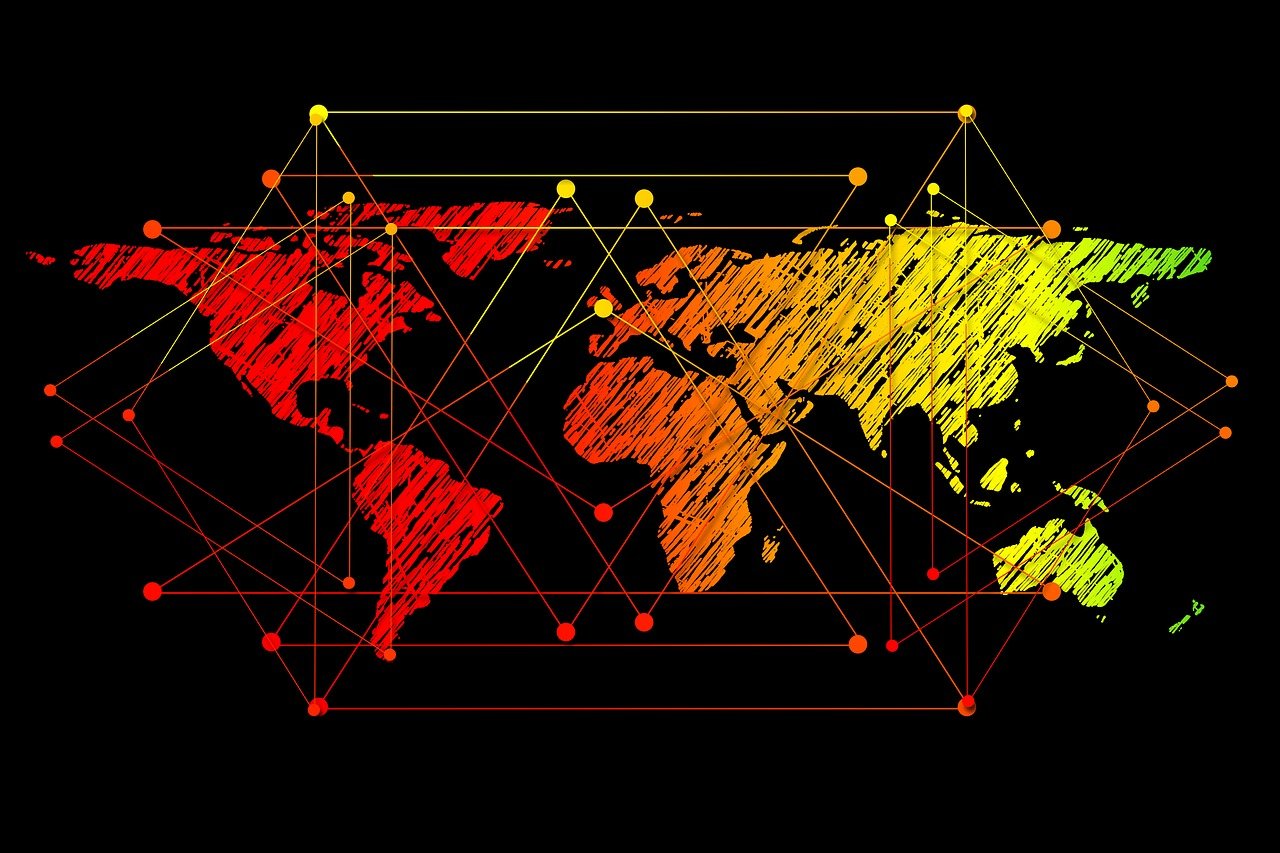Ukraine has agreed the terms of a major minerals deal with the US, a senior official in Kyiv has told the BBC.
“We have indeed agreed it with a number of good amendments and see it as a positive outcome,” the official said, without providing any further details.
Media reports say Washington has dropped initial demands for a right to $500bn (£395bn) in potential revenue from utilising the natural resources but has not given firm security guarantees to war-torn Ukraine – a key Ukrainian demand.
US President Donald Trump said he was expecting his Ukrainian counterpart Volodymyr Zelensky in Washington to sign the deal this week, after the two leaders exchanged strong words about each other.
Without confirming that an agreement had been reached, Trump said on Tuesday that in return for the deal Ukraine would get “the right to fight on”.
“They’re very brave,” he told reporters, but “without the United States and its money and its military equipment, this war would have been over in a very short period of time”.
Asked whether supplies of US equipment and ammunition to Ukraine would continue, he said: “Maybe until we have a deal with Russia… We need to have a deal, otherwise it’s going to continue.”
There would be a need for “some form of peacekeeping” in Ukraine following any peace deal, Trump added, but that would need to be “acceptable to everyone”.
Ukraine holds deposits of critical elements and minerals, including lithium and titanium, as well as sizeable coal, gas, oil and uranium deposits – supplies worth billions of dollars.
Trump claims this deal would see the US receive more than it had spent on Ukraine, but more details reportedly need to be ironed out.
According to a Ukrainian government source, what has been agreed at this stage are the initial terms of an agreement that includes the country’s critical minerals and other resources.
“The provisions of the deal are much better for Ukraine now,” they added.
Reports suggest it would see the creating of a jointly owned fund, which would be used to rebuild Ukraine’s infrastructure and economy. Ukraine would contribute 50% of future proceeds from state-owned mineral resources, oil and gas to the fund – and the fund would then invest in projects in Ukraine itself.
Ukraine’s Deputy Prime Minister Olha Stefanishyna, who has been leading negotiations, told the Financial Times that the deal was “part of a bigger picture”.
Against a hostile backdrop where Washington has been seen by allies as aligning with Moscow, it is hoped this agreement will pave the way for more co-operation between Kyiv and its once biggest ally.
Just last week, Trump described Zelensky as a “dictator”, and appeared to blame Ukraine – not Russia – for starting the war, after the Ukrainian leader rejected US demands for $500bn in mineral wealth and suggested that the American president was living in a “disinformation space” created by Russia.
Zelensky argued nowhere near that much American aid had been provided, adding: “I can’t sell our state.”
On Tuesday, Trump said the US had given Ukraine between $300bn and $350bn.
“We want to get that money back,” he said. “We’re helping the country through a very very big problem… but the American taxpayer now is going to get their money back plus.”
Trump said he had heard that Zelensky would come to Washington DC on Friday to sign the deal.
Kyiv hopes that a financial stake might give the White House a reason to protect Ukraine if this war was to reignite after a ceasefire was signed.
The White House meanwhile is setting a precedent. US aid in the Trump era comes with strings attached. Aid for aid’s sake – whether given for humanitarian or strategic reasons – is a thing of the past.
That represents a fundamental reordering of American foreign policy for more than 75 years, from the days of the Marshall Plan to post-Cold War idealism and George W Bush’s “Freedom Agenda” push to promote global democracy.
Ukraine is just the start. Expect Trump and his foreign policy team to apply their “America First” principles around the world over the course of the next four years.
Zelensky raised the prospect of access to some of the country’s mineral wealth last year, when he presented a “victory plan” to Western partners.
On Tuesday, Russian President Vladimir Putin said he was open to offering the US access to rare minerals, including from Russian-occupied regions of Ukraine, and asserted that his country had “significantly more resources of this kind than Ukraine”.
Ukraine and its European allies have become increasingly alarmed over a recent thaw in US-Russian ties, including their bilateral talks in Saudi Arabia last week.
There is concern in Kyiv and across Europe that they might be excluded from any negotiations aimed at ending the war, and that the continent’s future security as a whole could be decided behind their backs.
It is estimated that about 5% of the world’s “critical raw materials” are in Ukraine – including:
- 19m tonnes of proven reserves of graphite, which is used to make batteries for electric vehicles
- A third of all European lithium deposits, the key component in current batteries.
Before Russia’s full-scale invasion began three years ago, Ukraine also produced 7% of the world’s titanium, used in construction for everything from aeroplanes to power stations.
Ukrainian land also contains significant deposits of rare earth metals, a group of 17 elements that are used to produce weapons, wind turbines, electronics and other products vital in the modern world
Some mineral deposits have been seized by Russia. According to Yulia Svyrydenko, Ukraine’s economy minister, resources worth $350bn remain in Russian-occupied territories today.

